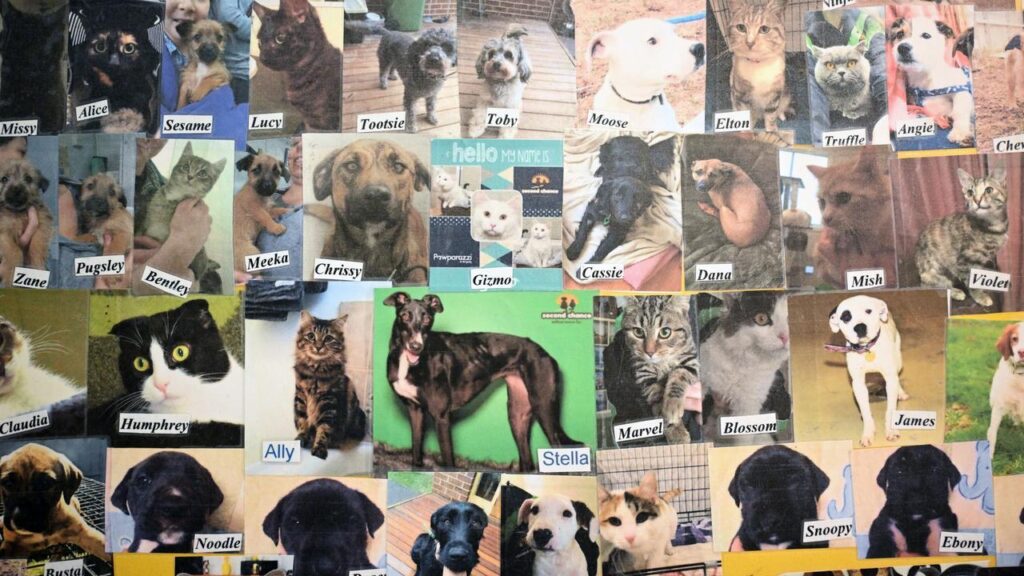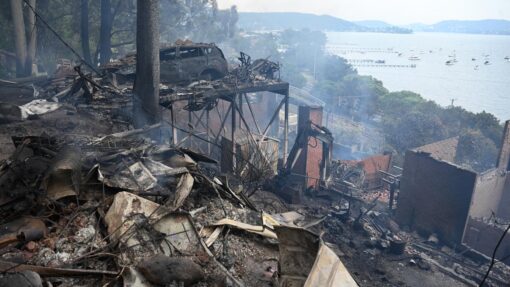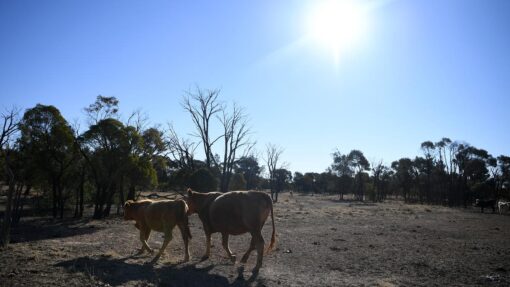‘Crisis’: animal shelters struggling to survive
Rachael Ward |

Second Chance Animal Rescue has rehomed 17,000 animals and provided more than a million pet meals to food banks but now its focus is on surviving until Christmas.
Like many other struggling shelters around Australia, it is dealing with an influx of animals just as it has been hit by a shortfall in donations and grants.
“We’re facing a crisis worse than any we’ve had to face before,” founder Marisa Debattista tells AAP.
“We have dealt with challenging times over the last 17 years and always worked a way out.
“However this time we’re very concerned about our future.”

She’s worried what would happen to the pets of domestic violence victims Second Chance looks after when owners go into emergency accommodation, and the flow-on effects of stopping preventative work such as desexing animals through its discount veterinary clinic.
The Melbourne rescue service needs to find $200,000 by November just to keep the lights on but there’s no help on the horizon either, as two important grant funders it relies on have shut and the value of other available financial support has also dropped.
Donations have plummeted, with 10 donors who usually contribute up to $100 every month pulling out in the past few weeks due to cost-of-living pressures.
“Animals that need help are going to have to wait for longer in the community because we need to be very realistic about how we help,” Ms Debattista says.
It’s a common story among shelters and animal welfare organisations, which are struggling for funds around Australia.
Sydney’s Pet Rescue has stopped accepting surrenders altogether as a direct result of its precarious financial situation.
Resources are stretched even among bigger organisations.
The RSPCA in the ACT is among many shelters with wait lists for surrenders, while RSPCA NSW’s online animal cruelty report tool had to be taken offline after its state government funding was halved.

The number of animals coming to Animal Welfare League Queensland has risen over the past five years to almost 12,000, state rehoming manager Melinda Phipps says.
It monitors capacity week-to-week and recently saw a jump in people needing help to look after their dogs and an increase in cat rescues and complex veterinary care cases.
“Rehoming one dog might cost us $5000 once we look at the care for that animal,” Ms Phipps explains.
“That length of stay and the amount of care that’s required, and that percentage of those animals needing prolonged care and attention, is definitely increasing.”
She attributes the issue to a lack of pet-friendly accommodation and people moving in with others who already have pets, on top of a lack of government funding for preventative measures such as desexing, microchipping and vaccinations.
“We are charities, we are reliant on donations and there’s a significant lack of government funding in regards to preventative care,” she says.
“The money that is provided for that isn’t meeting that expanding need.”
Pauleen Bennett from La Trobe University’s Anthrozoology Research Group says rising operating costs have collided with cost-of-living pressures, the price of veterinary care and keeping pets.

She’s also heard of shelters seeing far more puppies turning up than in previous years.
“Fewer people are able to afford to get their animals desexed and that’s having a flow-on effect,” she says.
Twenty years ago some shelters euthanised animals but it’s no longer seen as acceptable so many now have no-kill or low-kill policies, she adds.
Some animals are now supported for months and, in some cases, years.
“It’s become possible to treat things that we wouldn’t normally have treated in animals 10 years ago or 20 years ago or 30 years ago,” she says.
“If it’s treatable we will treat it and of course that then needs to be paid for and it’s horrendously expensive.”
Ms Debattista is throwing everything at keeping Second Chance Animal Rescue’s doors open and says she needs more help from the local council and Victorian government.

Hume City Council supports the shelter with community grants and funding for cat desexing, business expenses and equipment.
However Ms Debattista wants ongoing funding beyond just specific programs.
“If we are constantly chasing our tail looking for the next dollar to be able to run our vital services, it means our resources and our skill and our ability gets put into the wrong spot,” she says.
AAP


